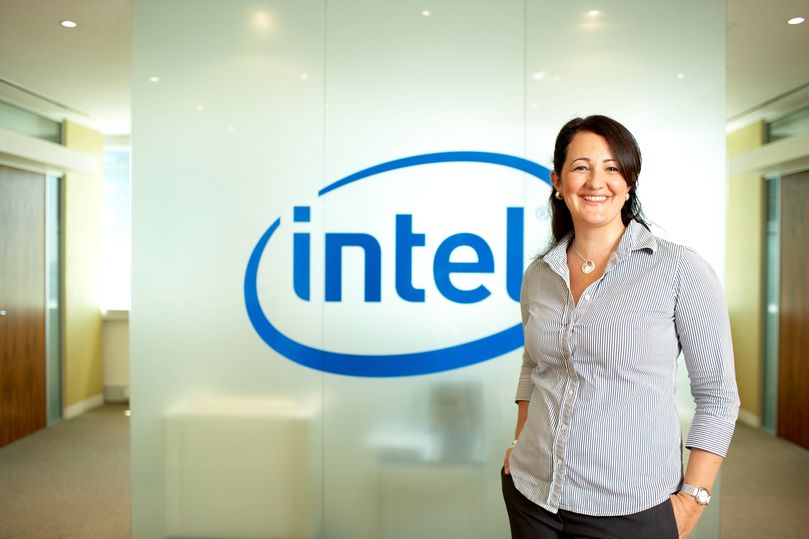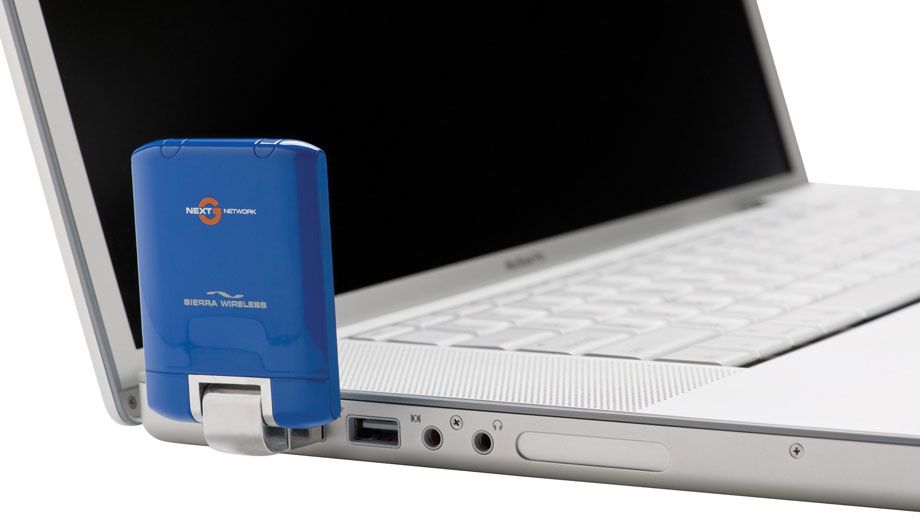Wireless hotspots may suit the casual cafe set but business travellers are increasingly relying on 3G mobile broadband to get connected anywhere, anytime – and avoid the high cost of in-room Internet charged by many hotels.
Consider that most Australian hotels hit guests for around $25 per day of Internet access. Then take into account that you might be in your room and attending to email and checking the Web for just a few hours per day at most.
Instead of paying $75 for Internet over a typical three day hotel stay it makes far more sense to invest that same amount – or less – in a prepaid 3G wireless broadband modem which you can use anywhere – in the hotel, at meetings, in cafes or the airport – for the entire month.
Australia’s ‘big three’ business carriers – Optus, Telstra and Vodafone – all offer prepaid mobile broadband 'starter kits' for $79 with a free USB modem and between 2GB to 6GB of data.
At those prices it's hard to imagine why anyone would bother paying hotel Internet rates or hunting around for a Wi-Fi hotspot, and the later can be a bit of a hunt indeed.
"Hotspots haven’t really taken off to the same extent in Australia as you might find in Europe or America” admits Kate Burleigh, Marketing Manager for Intel Australia.
“There’s been a huge uptake of Wi-Fi in offices and homes but for most notebook users, when they need to get online they don’t want to think about where to go. They just want the Internet right away, wherever they are, and that’s what 3G is all about.”
Intel Australia's Kate Burleigh: 3G mobile broadband is all about giving business travellers the Internet right now
Those tell-tale 3G modems hanging off a notebook’s USB port remain the easiest way for business users to enjoy a high-speed hook up. Carriers have broadened their offerings from the standard 24 month lock-in to 12 month contracts, month-by-month plans and prepaid deals.
While prepaid is ostensibly aimed at the cost-sensitive consumer market, it’s being adopted by businesses with sporadic Internet needs and also as a way to taste-test 3G wireless.
“Prepaid 3G is becoming increasingly popular with small and solo businesses, as well as companies who want to trial wireless broadband to how they will use it and to assess speed and coverage” explains Tim Webber, Director of Mobile Solutions for Telstra Business Marketing. “It gives them cost and price certainty before committing to a longer term post-paid contract”.
The primary appeal of prepaid wireless broadband over month-by month or contract deals is that the costs are more controlled — you pay only for what you sue and you can easily scale up or down that cost depending on your usage and activity.
Mark Baylis, Optus’ General Manager for SMB Products, says that “based on our research, around half of all Australian small-to-medium businesses have a mobile broadband solution.”
Optus has also been active in offering netbooks and notebooks bundled with a 3G modem and data plan for a single monthly fee, which Baylis says provides business “with the latest technology and an easy to manage cost.”
Sales of notebooks with inbuilt or ‘embedded’ 3G modems are also on the rise. HP reports that shipments of 3G laptops are growing by some 25% year on year, while Toshiba product marketing manager Matt Tumminello cites a staggering “200-500% growth per annum” for Toshiba’s range of 3G notebooks.
Tumminello admits that this is “coming off a small base, we’re still in single digits in terms of the total range, but we’ll slide into double digits this year and at the current rate of growth we’re projecting that embedded 3G will be about a quarter of our business by the end of 2012.”
Notebooks with inbuilt 3G enjoy several advantages over models with a snap-on USB modem, Toshiba’s Tuminello explains.
“The main benefit is that there’s no dongle to damage, leave behind at the office or lose. You also get better performance because the antenna is built into the laptop’s lid, so it’s up higher, and the use of diversity antennae reduces dropout and gives you a stronger more reliable signal.”
The cost of adding an internal 3G modem to the notebook, it seems, remains the only barrier.
“That price isn’t dropping as quickly as we’d like it, but it’s definitely coming down. Inbuilt mobile broadband used to be limited to notebooks above $3,000, now it’s a natural assumption that any notebook over $2,500 has 3G” Tuminello recounts.
"I can see this dropping to $2,000 very shortly, and then $1,500. Eventually it will almost be a standard feature, like Wi-Fi and Bluetooth are today."




Hi Guest, join in the discussion on Business travellers making the move to 3G